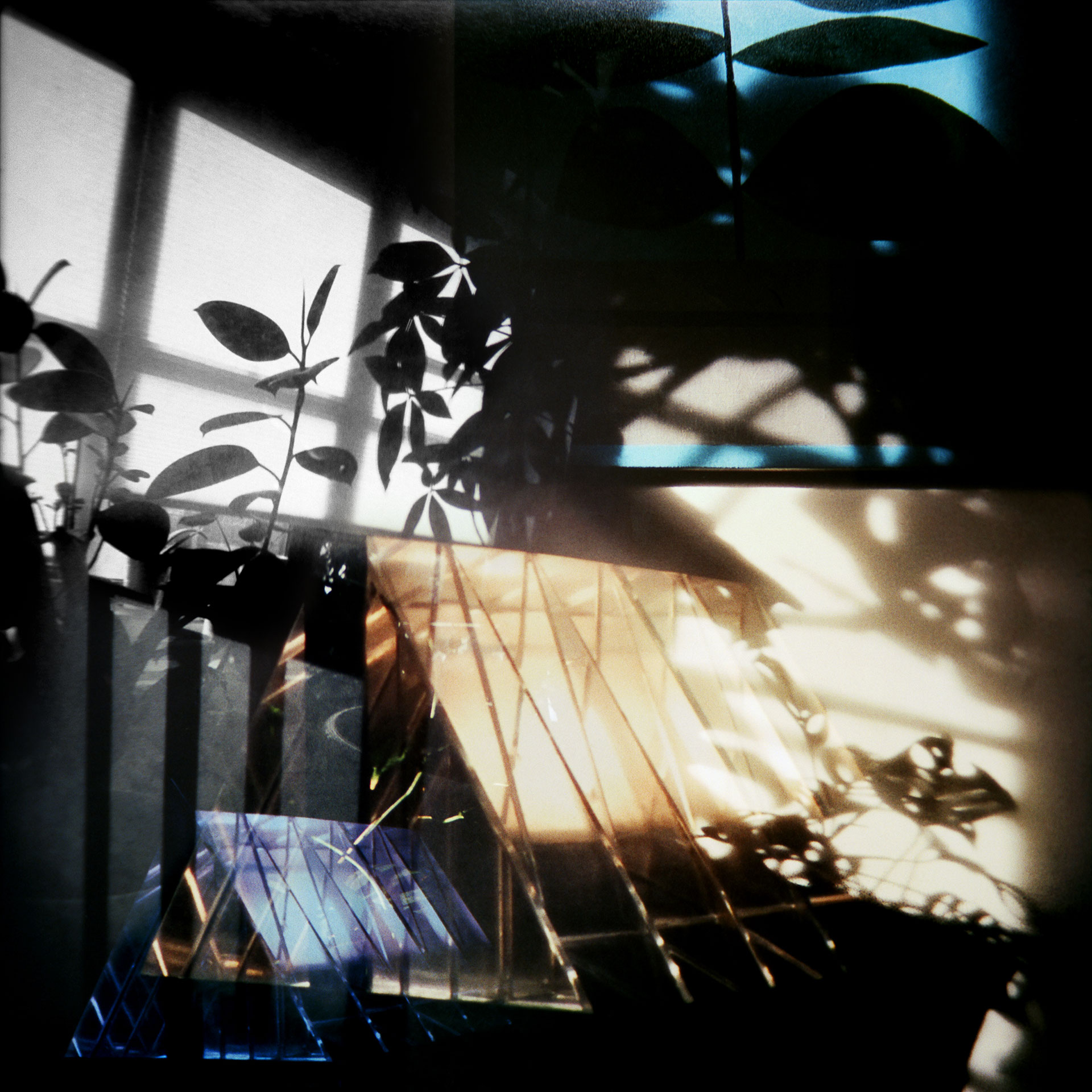

“What is behind me and what is in front of me continuously overlap,” Los Angeles-based artist Augusta Wood tells me, gathering in one beautiful phrase her thoughts on life, experience, and, more specifically, her creative process. Her book, I have only what I remember, combines photography with memory, existence with architecture, and light with time to create what she calls “a more complete image.” This book is composed of works created in her grandparents’ now vacant 1955 modernist New York home, which feature projections of family photographs hauntingly layered over the now desolate home in which the memories were made.
Wood had a childhood steeped in art and carries talent in her genes—her grandparents were artists, and her parents avidly took Wood to museums, on architectural tours, and to live performances. According to Wood’s father, she made an early declaration (at age 5) that she would become an artist. Although Wood claims she would become a “migratory bird” if possible, artist seems to be defining her just fine at present. She recently held a solo exhibit, Parting and Returning, at Denk Gallery in Los Angeles, which evolves on her combinatory process to integrate drawing, and she is looking to continue meshing drawings and photographs “into a shared space” in her future work.

I get a sense of Wood’s dedication to her craft when she explains the reality behind the process of creating I have only what I remember: sitting alone in an empty home, cold, working through the night, and sleeping atop a foam pad on the floor. “Any slight noise was startling,” she tells me. “I said hello to the ether and talked to the house. I was completely solitary. Out of practical necessity, I set up the projections and photographed them with my 4×5 camera at night, as projections do not register in daylight. I would start at dusk and work until 3 or 4 in the morning.”

All told, she spent a month in the home living and working alone, finding company in familiar sounds and in the making of art. “Once I was working, I was immersed, creating and living in my own kind of personal installation from room to room. The sound of the running projectors and the images cast kept me company.”
The photographs in I have only what I remember, as well as in her later project exploring similar themes Whether it happened or not, use a unique technique of overlapping images on slides and then capturing their projections on various surfaces. “The use of overlapping slide projections made conceptual sense for these two projects as a way to investigate the history and influence of two houses from my past, as the architecture, the art, and the everyday in both homes were documented on slide film over the course of my upbringing. It also refers back to the role of analogue photography and Kodak Carousel slide projection as the method of image making and sharing in the mid 20th century.” This process not only yields a beautiful finished product, it produces a nostalgic experience for Wood throughout the process of creation. Wood notes the “hum of the projector” and “the smell of dust floating illuminated.” She emphasizes the role of light in the creation of her photos: “There is nothing else like light passing through film.”
The resulting images are haunting, melancholic, and richly resonant, evoking that sweet sting of a happy memory from an era now lost to time; intangible moments reborn in new light. Wood tells me the process “feels mysterious, ghostly and ethereal,” and I can only imagine how intense those feelings must be. The titles, I have only what I remember and Whether it happened or not, come from the Mark Twain quote: “When I was younger I could remember anything, whether it had happened or not…” This plays with the imagination of adolescence, but I also think of something darker— the realizations forced upon us when entering adulthood, or the memories that resurface with new meanings later in life.
